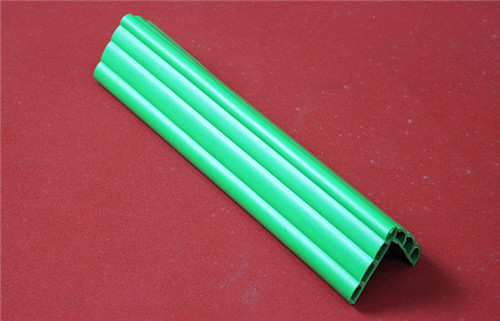
Phone Number :
09 07, 2023

Tapered edges, also known as chamfered edges, offer numerous advantages over other edge types. Whether in construction, manufacturing, or design, tapered edges provide unique features and benefits that enhance functionality, aesthetics, and safety. This article will delve into three key advantages of tapered edges, highlighting their versatility, durability, and ease of use.
Tapered edges excel in their ability to enhance the functionality and design of various applications. The gradual slope of a tapered edge allows for smooth transitions between surfaces, enabling easier assembly, installation, and operation. In architectural design, tapered edges contribute to a sleek and modern appearance, adding sophistication and aesthetic appeal to structures. Whether applied to furniture, machinery, or automotive components, tapered edges offer versatility that can optimize both form and function.
The durability of tapered edges is a key advantage over other edge types. By removing sharp edges, tapering distributes stress more evenly along the edge, reducing the likelihood of cracks, fractures, or material failure. This advantage is particularly significant in construction and manufacturing processes, where structural integrity is paramount. In high-stress environments and applications, tapered edges can increase the lifespan and resilience of components, ultimately minimizing maintenance and replacement costs.
Tapered edges also offer significant benefits in terms of safety and ergonomics. Unlike sharp edges, tapered edges reduce the risk of accidental cuts and injuries, enhancing workplace safety. Furthermore, their ergonomic design enhances user experience, providing a comfortable grip or touch surface. This advantage is particularly relevant in handheld tools, utensils, and consumer products. The smooth and tapered edges not only minimize physical strain but also contribute to a better overall user experience.
When it comes to choosing the right edges for your projects, tapered edges undoubtedly offer numerous advantages. Their versatility allows for improved functionality and enhanced design appeal. Additionally, their durability ensures improved strength and structural integrity, reducing maintenance costs and increasing longevity. Lastly, tapered edges provide greater safety and ergonomic benefits, making them an excellent choice for various applications. Whether in construction, manufacturing, or design, tapered edges prove to be a reliable and beneficial option.